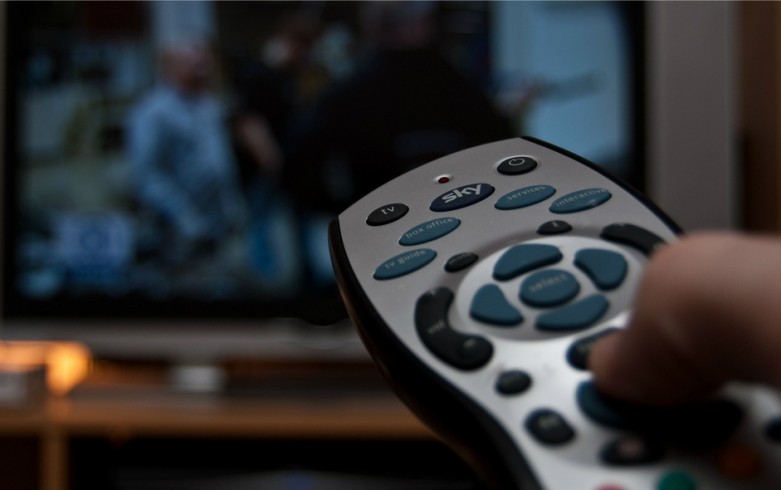
Why You Should Care --- a Lot --- About Unlicensed Spectrum
Your TV remote. Your Wi-Fi router. Your garage-door opener. What do all these wireless devices have in common? They all need to use spectrum.
Such “unlicensed” use of spectrum is essential, especially for technological innovation. The main reason? You don’t need an exclusive license from the FCC to use these devices on the right frequencies. Everyone is allowed to use them, as long as the devices follow basic technical rules.
As a result, developers and entrepreneurs face fewer barriers and have an easier time designing new and creative uses for unlicensed spectrum.
For example: Wi-Fi technology. Wi-Fi devices were developed after the FCC opened up so-called “garbage bands” of spectrum for unlicensed use — and inadvertently ushered in an era of huge technological progress.
In 2011, analysts reported that about 800 million new Wi-Fi devices were sold every year, and that yearly figure is likely well over a billion by now. Unlicensed innovations are an important part of our economy, and potentially an even more critical part of our technological future.
So what’s the problem? There’s not enough high-quality spectrum available for unlicensed use to meet this demand, and this is inhibiting innovation.
In 2014, the FCC promised to augment those existing unlicensed frequencies during an upcoming spectrum auction. The so-called “incentive auction” aims to relocate broadcasters with licensed frequencies to a different part of the spectrum band to open up a contiguous block for wireless carriers to bid on. Aware of the value of unlicensed uses, Congress and the FCC decided to allow unlicensed devices to operate on frequencies that couldn’t be auctioned off to carriers like Verizon, AT&T, T-Mobile and Sprint.
To ensure that the auction allows the right balance of uses and protects the public interest, the FCC committed to reserving 6 MHz of spectrum nationwide for unlicensed use within what’s called the “duplex gap”: a guard band of spectrum left between licensed frequencies to minimize interference. Letting unlicensed devices use this “gap” along with other guard bands and vacant channels would enable enormous investment in projects like “Super Wi-Fi” that could dramatically boost the range and power of Wi-Fi signals.
But now the FCC appears to be changing course. In its most recent projections for auction procedures, the agency’s auction designers suggested that in some key markets they may assign broadcasters to operate within this duplex gap. They argue that this would raise auction revenues, leave more spectrum open for wireless carriers to bid on, and ease the relocation of broadcast stations that choose to remain on the air.
This new plan would prevent unlicensed devices from using that spectrum in the affected markets. It could even jeopardize unlicensed use of this high-quality spectrum across the whole country by taking big bites out of the nationwide market for such innovative devices.
Free Press has come together with our public interest allies — along with broadcasters, unlicensed device and application makers, and wireless carriers — to oppose this proposal. In anticipation of a decisive vote on the matter at the FCC’s July 16 meeting, we signed on to a joint letter to the agency that urges it to return to its original plan.
Instead of trying to squeeze an extra drop of revenue out of a complicated auction, the FCC needs to focus on making spectrum available for carriers and unlicensed innovations alike.
Original photo by Flickr user Iain Watson